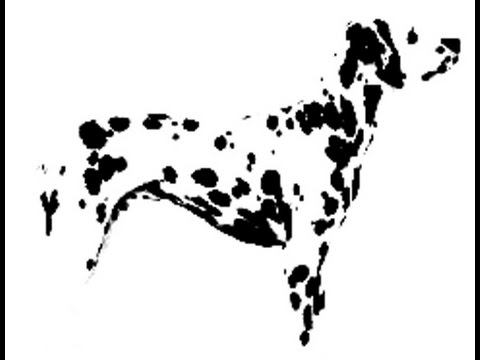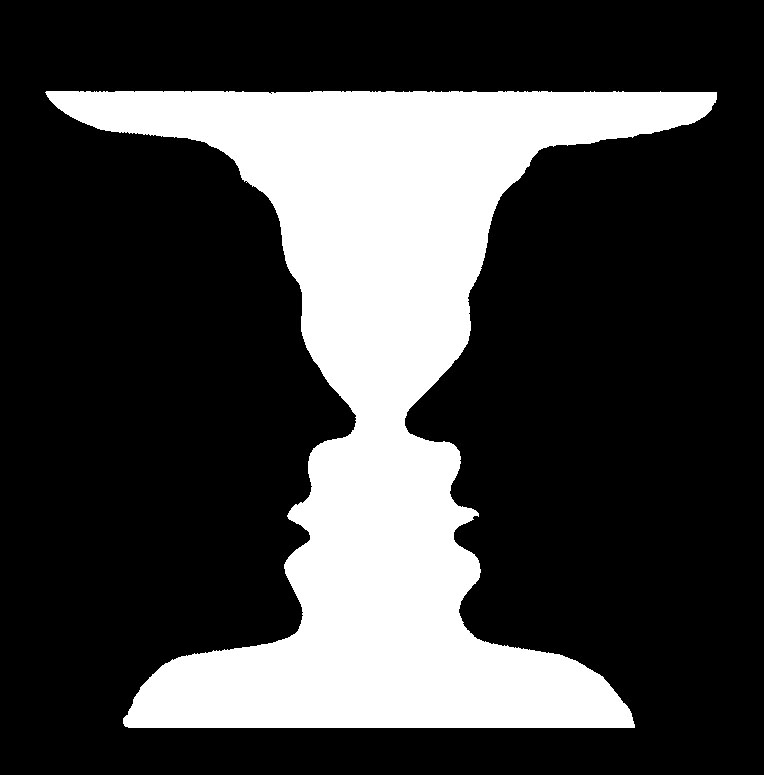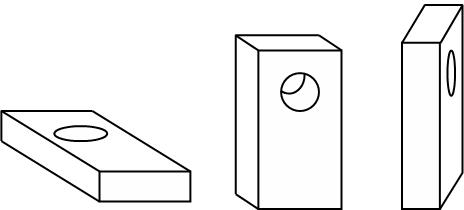Geslatt Principles
Gestalt (means form, shape in German) is a group of visual perception principles developed by German psychologists in 1920s. It is built on the theory that “an organized whole, is perceived as greater than the sum of its parts”.
Principles
Emergence

People tend to identify elements first in their general outlined form. Our brain recognises a simple, well-defined object quicker than a detailed one.
Multi-Stability
People will often interpret ambiguous objects in more than one ways. Our brains will bounce back and forth between the alternatives seeking certainty. As a result, one view will become more dominant while the other one will get harder to see.
 {width=400px height=350px}
{width=400px height=350px}
Invariance
People can recognise simple objects independently of their rotation, scale and translation. Our brain can perceive objects from different perspectives, despite their different appearance.

Proximity
Elements arranged close to each other are perceived as more related than those placed further apart. This way different elements are viewed mainly as a group rather than as individual elements.

Similarity
Elements sharing similar visual characteristics are perceived to be more related than those not sharing similar characteristics

Closure
A group of elements are often perceived to be a single recognisable form or figure. The Closure also occurs when an object is incomplete, or parts of it are not enclosed.
Symmetry
Symmetrical elements tend to perceived as belonging together regardless of their distance, giving us a feeling of solidity and order.
Continuation
Elements arranged in a line or a soft curve are perceived to be more related than those arranged randomly or in a harsh line.